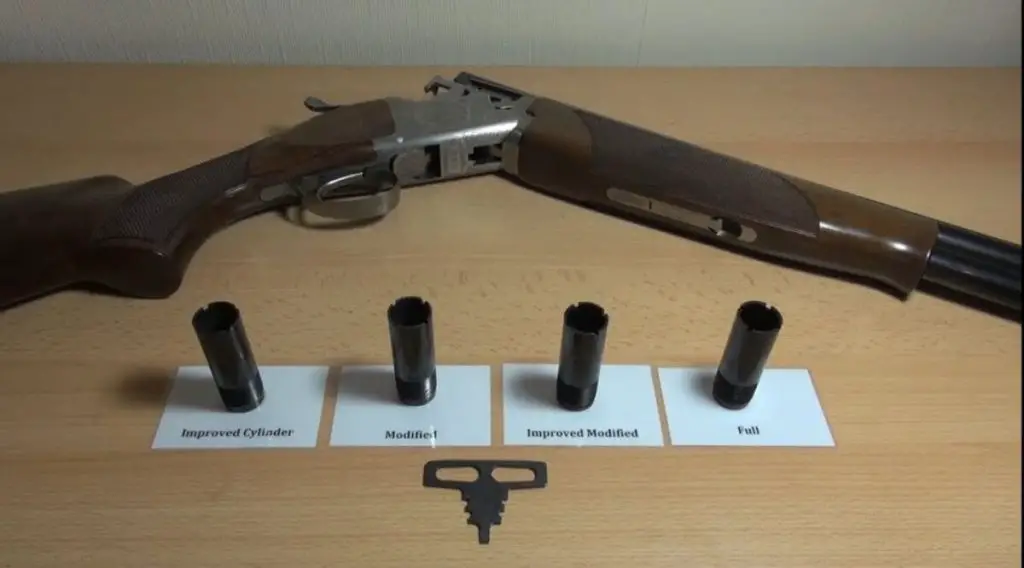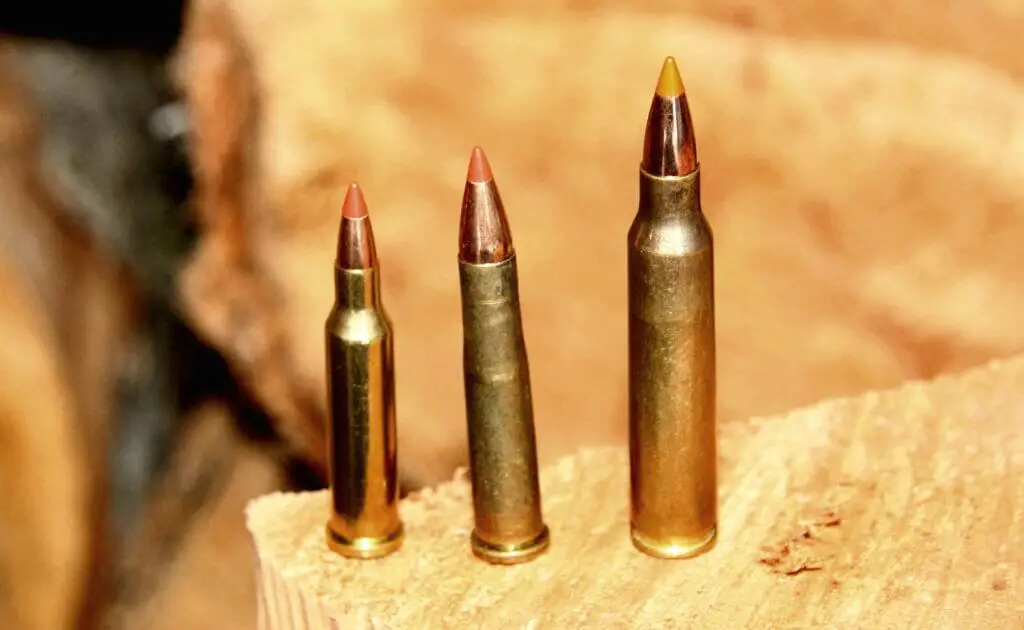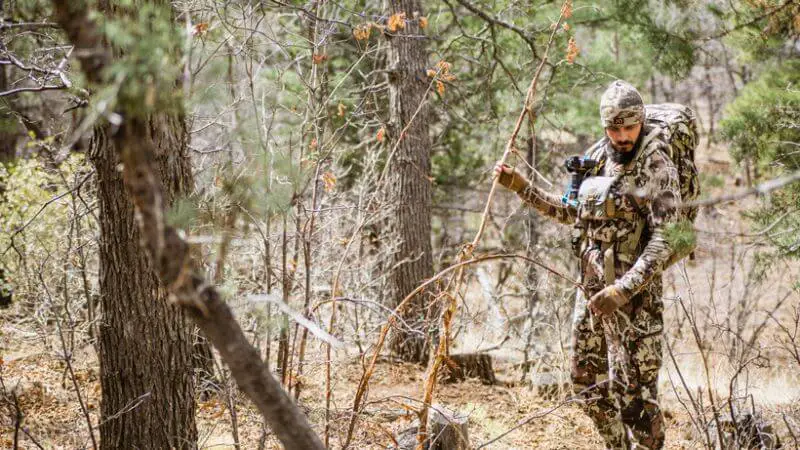The Beretta A300 Outlander is a versatile weapon from the renowned Italian gun maestro, Beretta. It’s favored by both novice shooters and Veterans for hunting and sporting. Yet, like any other product, it does come with its share of issues, which may burden a few users. In this article, we venture into a comprehensive exploration of common Beretta A300 problems, discuss their solutions, and provide expert suggestions to maintain the weapon in utmost condition.
Beretta A300 Outlander Problems in Detail
The Beretta A300 Outlander is indeed a remarkable shotgun, but it is not without its drawbacks. The following section plunges into a detailed analysis over some identified issues and suggests a relevant course of action to remedy those.
1. Recoil Issues
One of the commonly reported problems with the A300 Outlander is its recoil. Though the product is marketed as a low-recoil weapon, some users have pointed out significant kickback, which can be discomforting for beginners or those with sensitive shoulders.
Solution: Switching to lighter loads is a potential fix for this. This not only reduces the recoil but also may improve the gun’s overall performance. For long-term shooting, investing in a recoil pad or recoil reducing shotgun stock can help absorb some of the kickbacks.
2. Maintenance and Cleaning
The A300 Outlander requires regular maintenance and cleaning for optimal performance. Users have reported jamming issues if the gun is not maintained properly. The gas ports, in particular, tend to get dirty after extended use and might lead to malfunctions.
Solution: Regularly clean the firearm, focusing especially on the gas system and the chamber. Investing in a good quality cleaning kit and using cleaning solutions can make this task easier. The manual provides a detailed guide for cleaning, which should be followed to the letter.
3. Issue with Cycling Light Loads
Quite a few users report the A300 having trouble cycling light loads, especially right out of the box. This can be frustrating for those who prefer to shoot light ammo.
Solution: This issue usually resolves once the gun has been broken in. It is suggested to use heavy loads for the first hundred or two rounds to help break in the gun. Light loads usually function better after this.
4. Difficulty in Disassembly
Another gripe with the Beretta A300 Outlander is the difficulty in its disassembly and reassembly. This adds to the maintenance woes and might discourage regular cleaning.
Solution: Refer to the manual provided by Beretta which has detailed instructions about the process. Various tutorial videos are also available online which demonstrate how to properly disassemble and reassemble the gun.
Maintenance Tips for Beretta A300 Outlander
Preventative measures will go a long way toward keeping your Beretta A300 Outlander in prime condition and avoiding these issues. Here are some additional tips:
- Regularly clean your weapon, especially after using heavy loads.
- Try to use high-quality ammo, as cheap or low-quality bullets might cause damage and wear over time.
- Always break-in the weapon, especially new firearms, before using them with light loads.
- Use proper storage methods to avoid moisture and dirt, which may degrade the performance of the weapon over time.
- Last but not least, always refer to the specific instructions given in the manual or consult a professional when faced with an issue.
General Views and Reviews
Despite the problems stated, It’s important to note that the Beretta A300 Outlander is one of the most highly-rated semi-automatic shotguns in the market. It’s admired for its accuracy, durable finish, and excellent performance, even in demanding conditions. Most users, after tackling initial issues, if any, found the A300 Outlander to deliver excellent performance and value for money.
In conclusion, any mechanical device can have teething issues, and the Beretta A300 Outlander is no different. However, with regular maintenance and by following our expert tips and solutions, you can easily surmount these problems and truly enjoy the quality and precision this weapon has to offer.
Frequently Asked Questions
1. What is the retail price of a Beretta A300 Outlander?
The retail price of a Beretta A300 Outlander typically ranges from $800 to $1,000, depending on the specific features, finish, and accessories included.
2. Where is Beretta A300 Outlander manufactured?
The Beretta A300 Outlander is manufactured in Italy by Beretta, a renowned firearms company known for its quality craftsmanship and precision engineering.
3. Is the Beretta A300 a good duck gun?
Yes, the Beretta A300 Outlander is highly regarded as a reliable and durable shotgun for waterfowl hunting. It is specifically designed to withstand harsh environmental conditions, including moisture and mud, providing reliable performance in various duck hunting scenarios.
4. Can the Beretta Outlander A300 take 3-inch shells?
Yes, the Beretta Outlander A300 has a 3-inch chamber, allowing it to accommodate and fire 3-inch shotgun shells. This versatility enables users to choose from a variety of loads, including heavier loads suitable for waterfowl hunting.
5. What are some common problems reported with the Beretta A300 Outlander?
While the Beretta A300 Outlander is generally known for its reliability, there have been occasional reports of issues such as ejection problems, failure to chamber certain loads correctly, and occasional feeding malfunctions. However, these issues are relatively rare and can often be resolved with proper maintenance and care.
6. How can I address ejection problems with my Beretta A300 Outlander?
If you are experiencing ejection problems with your Beretta A300 Outlander, first make sure you are using appropriate ammunition and cleaning the firearm regularly. Ensure that the weapon is properly lubricated according to the manufacturer’s guidelines, and pay attention to any debris or buildup in the ejection port or on the extractor. If issues persist, it is recommended to contact Beretta’s customer support for further assistance.
7. What should I do if my Beretta A300 Outlander fails to chamber certain loads?
If your Beretta A300 Outlander fails to consistently chamber certain loads, it is essential to ensure that you are using ammunition within the specified gauge and length range for your shotgun. Additionally, ensure that the firearm is clean and properly lubricated. If issues persist, consult the owner’s manual or contact a qualified gunsmith for further assistance.
8. How can I address feeding malfunctions with my Beretta A300 Outlander?
Feeding malfunctions can occur due to various factors. Start by checking the magazine tube for any obstructions or debris that may prevent smooth feeding. Ensure the shotgun is properly cleaned, paying specific attention to the feed ramp. Verify that you are using reliable ammunition and experiment with different loads to determine if the issue persists with specific types. If problems persist, consult a gunsmith or contact Beretta directly.
9. Can I use aftermarket accessories on my Beretta A300 Outlander?
Yes, the Beretta A300 Outlander is compatible with various aftermarket accessories such as stocks, extended magazine tubes, optics, and sling attachments. However, it is important to ensure that any accessories you install are compatible with the A300 and do not compromise its reliability or safety. Consult the owner’s manual or contact a firearms expert for guidance if necessary.
10. What is the warranty on the Beretta A300 Outlander?
Beretta offers a warranty for their firearms, including the A300 Outlander, which typically covers defects in materials and workmanship for a specified period, often one year from the date of purchase. It is best to consult the specific warranty documentation provided with your shotgun or reach out to Beretta directly for detailed warranty information and any specific conditions that may apply.
- How to Put a Scope on a Mosin Infantry in Tarkov: A Quick Guide - November 7, 2024
- How to Edit a Scope Box in Revit: A Step-by-Step Guide - November 6, 2024
- How to Put a Scope on Mosin Tarkov: Expert Tips for Gamers - November 6, 2024


